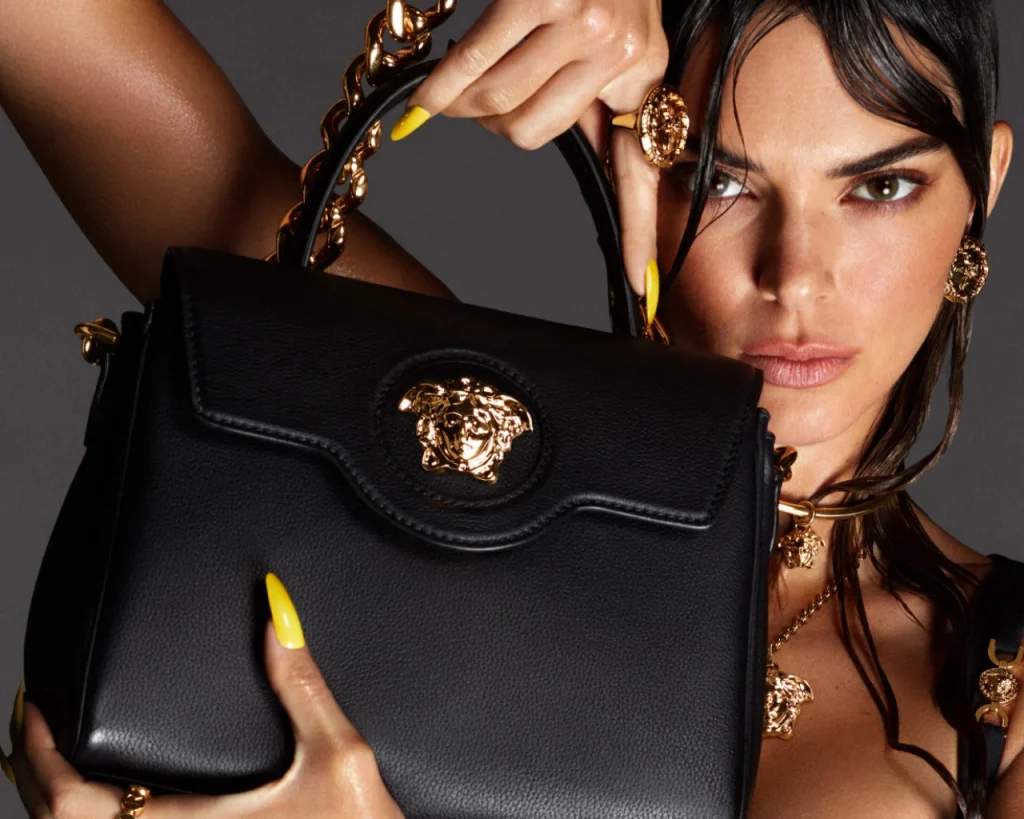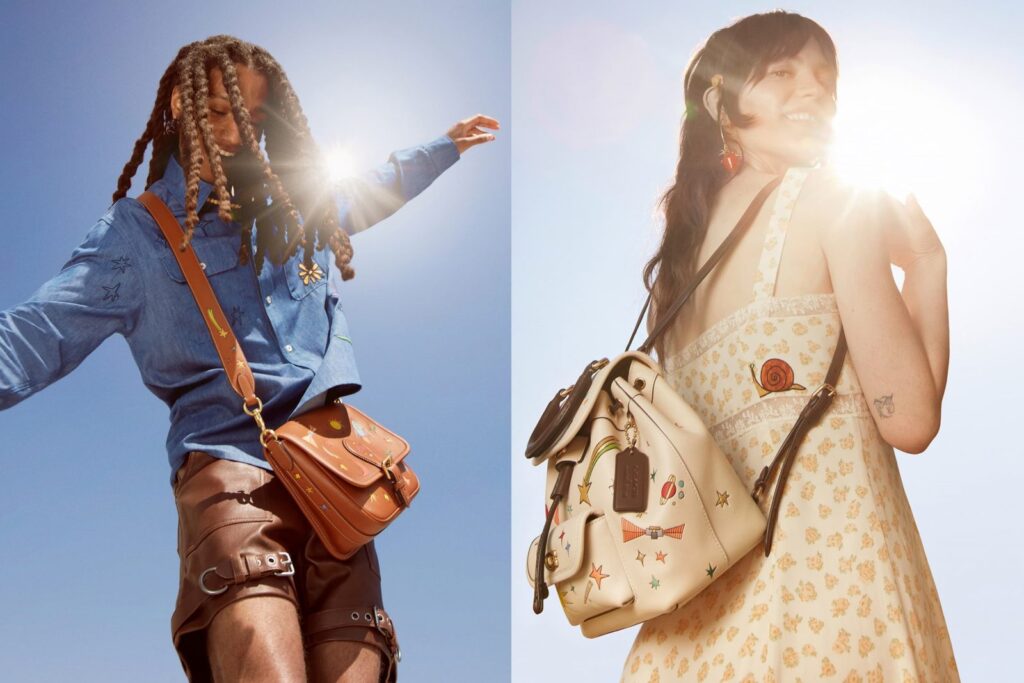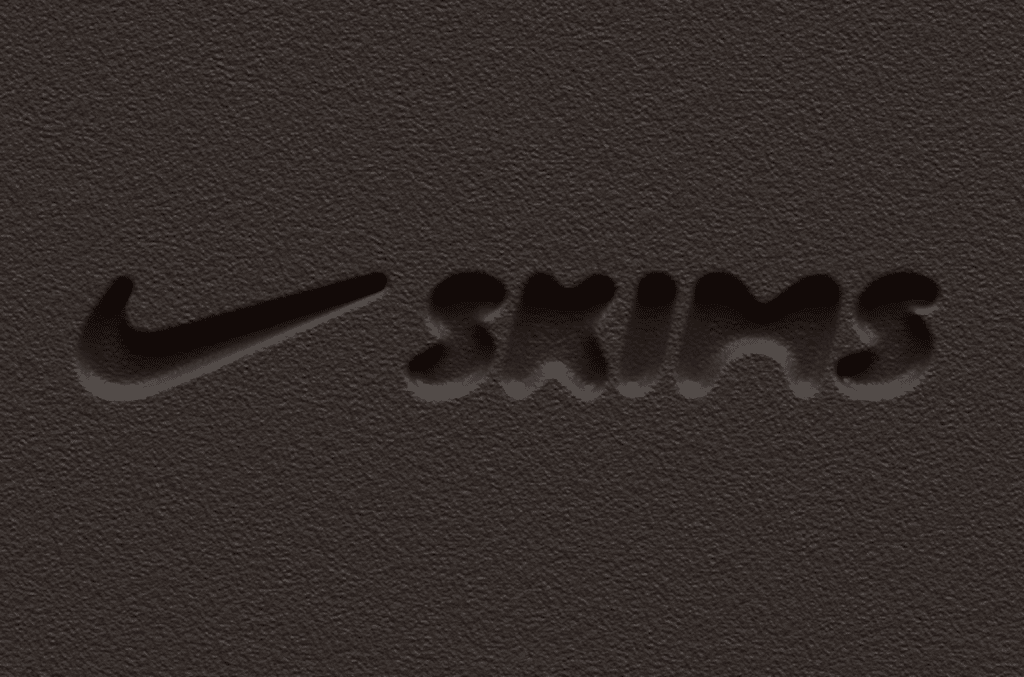The next big fashion industry merger-or-acquisition deal may take place in the U.S. In the wake of snapping up Jimmy Choo and Versace to build out a luxury group around existing asset Michael Kors, Capri Holdings is actively looking to add another brand to its roster. New York-headquartered Capri’s management has been increasingly talking about M&A in recent quarters, with CFO and COO Thomas Edwards stating in an analyst call in May that “at some point in the future we may look at additional acquisitions,” but emphasized that the group was “really focused on our business right now.” Then, in a Q2 call in early November, CEO and chairman John Idol revealed that “luxury acquisitions are [a] priority where, as things come up for luxury, European acquisitions, we will look at these.”
Fast forward to the recent Morgan Stanley Global Consumer & Retail Conference, and Mr. Idol asserted that Capri is, in fact, actively seeking out acquisition targets. During the conference on November 30, Idol stated, “We’re actively looking now. We’re actually even involved in select conversations, nothing is on the horizon, but we are active.” He elaborated, saying that Capri is “almost exclusively” eyeing “European luxury companies that really have the ability to be at minimum $1 billion because it is not really worth our time, energy and effort to do something that will only be hundreds of millions of dollars, even though it is a very sizable business.”
The Look at Luxury M&A Prospects
In terms of what brands Capri may have its eyes on, there are a (decreasing) number of independent labels in the fashion/luxury space, no shortage of which are Italian in origin. Taking independently-held watchmakers – like Patek Philippe, whose owner Thierry Stern said recently speaking of LVMH, “They would be more than thrilled to buy such a company, but I’m not willing to sell and they know it”; Audemars Piguet; Rolex; Richard Mille; etc. – and titans like Hermès and Chanel out of the equation, there are several luxury names that come to mind as possible points of interest for Capri in its group-building quest.
Sources suggested that some of Italy’s bigger groups with annual sales of €1 billion or more before the pandemic – including privately held “Dolce & Gabbana, and publicly listed Tod’s, Salvatore Ferragamo and Prada, as well as smaller ones like Brunello Cucinelli or Missoni” – are expected to “consider their options in the coming years,” the Financial Times reported earlier this year.
As of now, Prada – 80 percent of which is family owned – seems highly unlikely given that the group appears to be looking to build out its own ownership arsenal (again), and in light of co-CEO Patrizio Bertelli’s statements that Prada is not looking to sell. “I’ve always been interested in buying, never selling,” Mr. Bertelli confirmed last month, noting that the group could grow further by acquiring small Italian textile and manufacturing companies.
Dolce & Gabbana has similarly shot down reports of a sale, with CEO Alfonso Dolce stating in October that the company has “decided to stay independent.” The ability of the company to remain as is will depend in part on its ability to weather the public relations storm that followed from an advertising scandal in 2018, which prompted the cancellation of an over-the-top runway show in Shanghai. “If this stigma can be overcome – and it is an if – then the company could stay independent,” Bernstein analyst Luca Solca told Bloomberg this fall. In a note this month, Solca stated that Bernstein’s index of full-price sales indicates that the brand, which is showing a “high dependence on discounts,” continues to suffer from its advertising missteps.
As of October, Mr. Dolce said that the company – whose sale have bounced back by 20 percent compared to 2020 – has recovered in terms of “institutional relations” but still has not come out on the other side “in absolute terms.”
Elsewhere in the Italian market, Tod’s could be an option, as the Sant’Elpidio a Mare-headquartered footwear brand, has been viewed as an obvious takeover target in recent years, particularly following reports that the company could potentially delist from the Milan Stock Exchange. It is worth noting, of course, that Tod’s chairman and CEO Diego Della Valle has consistently shot down reports that the company is for sale. And even if it were, Capri would seemingly have come competition from LVMH, which increased its stake in the company to 10 percent in April. At the time, Della Valle, who has been a member of LVMH’s board of directors since 2002, said that the boosted stake by LVMH “may represent an excellent reason to consider further opportunities to be taken [with LVMH] in the future ahead.”
Salvatore Ferragamo is another brand that has consistently been considered a takeover target. It is unclear whether that remains true in light of the fact that Marco Gobbetti is leaving the CEO post at Burberry in order to join the Italian fashion brand and pioneer an overarching turnaround effort. (TFL reported earlier this year that the addition of former Goldman Sachs banker Claudio Costamagna to the Ferragamo Finanziaria board is a tell-tale sign that it may be looking for a sale, according to some sources.)
Meanwhile, Missoni has been seen as a potential opportunity. While the company is controlled by family, it sold off a 41.2 percent stake to Italian investment fund FSI Mid-Market Growth Equity Fund in 2018 in furtherance of an aim to scale. Two and a half years later, Missoni – which generated €150 million in revenue for pre-pandemic 2019 – may be readying for a deal.
And still yet, Brunello Cucinelli – which generated €313.8 million in H1 of 2021 – has been touted as an attractive bet in recent years, with Bernstein analysts, for instance, stating this fall that Cucinelli is “on the right side of the secular casualization trend,” but may be destined for a deal as size continues to be a competitive advantage in the market and as “big brands make the most of inflection points to ‘steal’ more product categories and families (e.g., footwear with sneakers in a case in point,’” and steal marketshare from smaller entities. The potential risk for Cucinelli and co., per Bernstein, is that they “become irrelevant both as top players and as acquisition targets.”
Other Prospects for Capri?
Other names that have been tossed around with consistently include Giorgio Armani, which has been the topic of recurring sale chatter following comments that Mr. Armani made in connection with a lengthy Vogue interview this spring that “the idea of Armani continuing as an independent company is ‘not so strictly necessary.’” The potential for a deal between Exor and Armani, in particular, seemed especially likely (and still makes sense in my view), but as of now is not on the table. During its annual Investor Day last month, Exor chairman John Elkann aimed to put deal-making rumors to rest, stating that Armani “is not for sale.”
Given Mr. Armani’s staunch dedication for the vast majority of his career to keeping his eponymous company private, any attempt at a deal are likely to be difficult to culminate, presumably even for a budding empire builder like Elkann.
Beyond that, despite denials from Valentino CEO Stefano Sassi that Valentino owner Mayhoola for Investments was not looking to sell off the Italian fashion house and instead, views the brand as “the starting point” for a larger group, Valentino has, nonetheless, been floated as a potential by industry sources. (As TFL has reported in the past, a rumored bid to sell the brand could help explain Valentino’s enduring litigation centering on its rights in the Valentino name).
Ermenegildo Zegna has similarly be a frequently cited name. However, that seems particularly unlikely in light of the company’s impending listing on the New York Stock Exchange by way of a deal with Special Purpose Acquisition Corporation Investindustrial Acquisition Corp. Following the SPAC event, which is expected to boost the company’s valuation to $2.5 billion, the Zegna family will still retain a 62 percent stake in the recently-rebranded Zegna.
Tom Ford may be an option, as the 16-year-old company remains independently held, and likely of a size that could be attractive to buyers. The New York-based company is estimated to have revenue of more than $1 billion per year thanks to its established ready-to-wear, accessories, cosmetics/fragrance, and eyewear divisions. On a smaller scale, increasingly-buzzy French label Jacquemus seems like a budding M&A target thanks to its independent status and strong accessories capabilities.
Finally, given the existence of Jimmy Choo and Alberto Gozzi under the Capri umbrella, rumors of the sale of footwear brands, namely, Aquazzura, as previously reported by WWD, seem relevant.
Capri’s active hunt comes as COVID has further pushed an existing consolidation trend into fruition, with the financial difficulties [brought about by COVID] in mind, many players, and in particular the smallest, will become more-affordable targets,” according to Isabelle Chaboud, an Associate Professor in the Finance, Accounting and Law Department of Grenoble Ecole de Management. “The most financially solid players,” such as LVMH, Kering, Chanel … and seemingly Capri, “will no doubt have the option of buying out competitors, subcontractors and even suppliers.”











